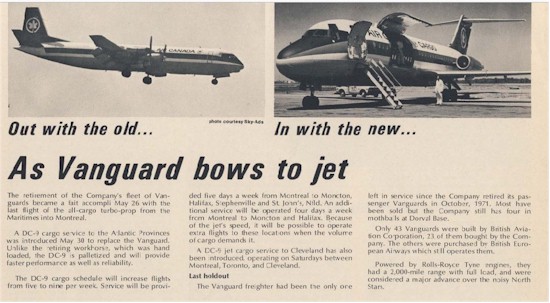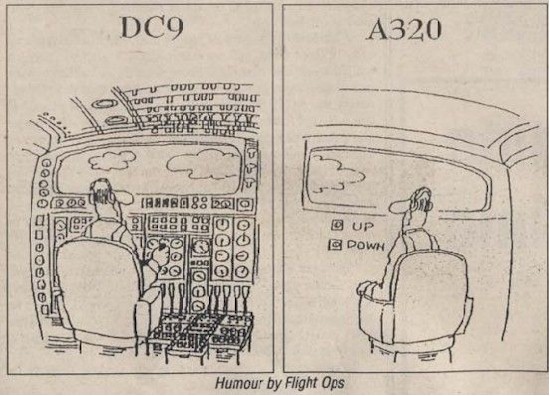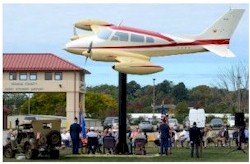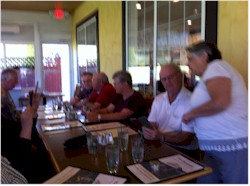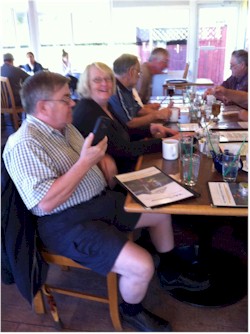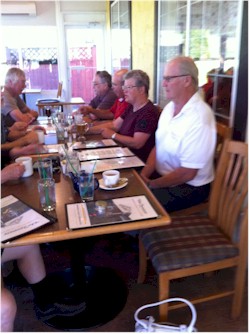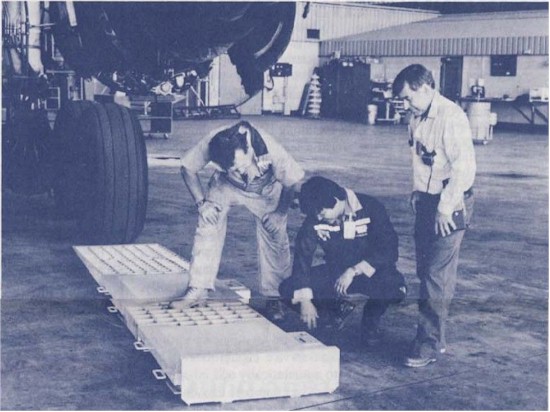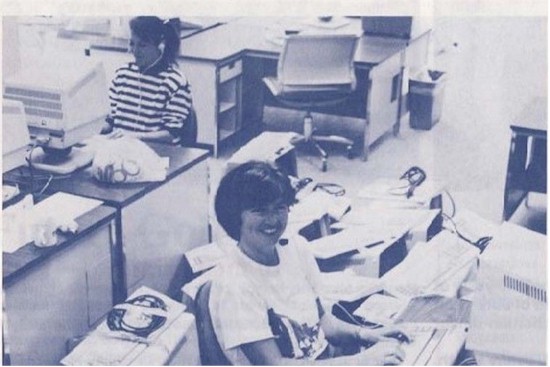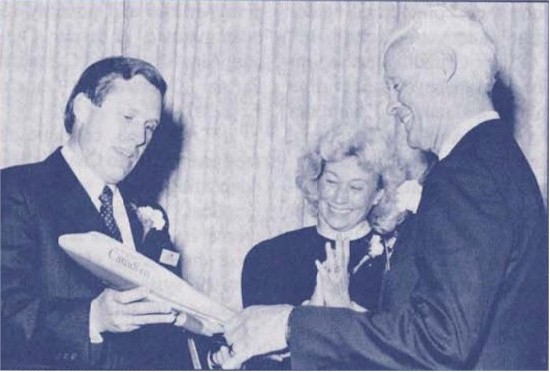|
|
|
As these aircraft had already left (or were about to leave) the AC fleet by the time I started in 1980, I asked Terry, Ken and Bob if they had any info to share. Terry extracted info from some past issues of 'Horizons' magazine. From issue #365, May 1972 Three DC-9s have been added to the company's jet fleet from Continental Airlines at a cost of some $6 million, the short" 9's are convertible models and can be used for either passengers or freight. "The three new aircraft will initially be used to replace some propeller-turbine Viscount equipment, an aircraft type the company plans to phase out by May 1, 1973 next year. From issue #407, March 1974 The DC-9 is more than a passenger carrier. Several airlines operate freighter and convertible passenger-freighter models. Air Canada, for example, provides cargo service linking Toronto and Montreal five nights week with Canada's Atlantic provinces. In a month, the overnight service transported close to 26,000 pounds of freight, mail and express nightly on the eastbound flights. The freighter is kept busy flying about ten hours each of the five days it operates on routes that measure up to 1,000 miles nonstop. With the hours it flies and the needed cargo it carries, the DC-9 is purely and simply a workhorse. "It doesn't do anything spectacular but work,"' said L. C. Dales, Air Canada's market development manager, cargo. |
|
Ken provides some information on a unique aircraft that was a part of this venture but not mentioned in my original article. Registration # CF-TMN (Fin # 771), a DC-9-32CF (pictured in the header of this NetLetter issue) was acquired from U.S. charter carrier Overseas National Airways in 1973. I believe it was only used as a freighter while with AC and was sold to Southern Airways in 1977 who used it as a passenger aircraft. It had the same longer fuselage as AC's large fleet of passenger DC-9-32's. That CF-TMN registration was used on two different AC DC-9s. It had previously been briefly used on a new DC-9-32 delivered in January 1969, Fin 739. It was one of two new DC-9's delivered that month, also CF-TMM, Fin 738. Both of those aircraft only spent 2 months with AC before going to Air Jamaica in March 1969. AC recycled that registration on the DC-9-32CF in 1973. |
|
The text below is Gary Vincent's comments accompanying is photo of CF-TMN posted at Airhistory.net. Air Canada loved the DC-9, but this freighter was only around for a relatively short time. Originally delivered to Overseas National Airways November 11, 1967, Air Canada bought it in May 1973. AC sold it to Southern Airways in October 1977 to revert to it's original registration, N932F. Merged into North Central Airlines to form Republic, the DC-9 was again sold, this time to the US Navy. With Bu number 163036 it became the "City of Philadelphia" and was finally struck off strength July 15, 2003. It was moved to NAS Fort Worth in Texas for ground training. |
|
Below is an excerpt from Horizons issue #367, June 1972 announcing the introduction of the DC-9 freighters replacing the Vanguard cargo fleet. Click the image for full size to read the text. Editor's note from Wayne: Thanks to Gary Vincent for use of his photo and to Terry and Ken for their contributions. |
|
|
|
Answer for the mystery airline in Odds and Ends. Turkish Airlines (Turkish: Türk Hava Yolları) is the national flag carrier of Turkey. As of August 2019, it operates scheduled services to 315 destinations in Europe, Asia, Africa, and the Americas, making it the largest mainline carrier in the world by number of passenger destinations. The airline serves more destinations non-stop from a single airport than any other airline in the world, and flies to 126 countries, more than any other airline. A fleet of 364 aircraft includes an operational fleet of 24 cargo aircraft, the airline's cargo division serves 82 destinations. The airline's corporate headquarters are at the Turkish Airlines General Management Building on the grounds of Istanbul Atatürk Airport in Yeşilköy, Bakırköy, Istanbul. Istanbul Airport in Arnavutköy is the airline's main base, and there are secondary hubs at Ankara Esenboğa Airport and İzmir Adnan Menderes Airport. Turkish Airlines has been a member of the Star Alliance network since April 1, 2008. |
|
U.S. cruise industry will extend suspension through December 31. The cruise industry will extend its suspension of U.S. cruise operations through December 31, 2020, an industry group that represents 95% of global ocean-going cruise capacity said on November 3, 2020. Source: reuters.com |
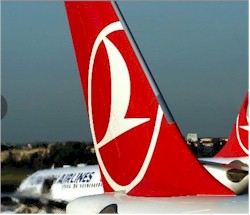 Name this airline – answer below. Name this airline – answer below. |
|
The Klein 'Air Car', whose name is a pretty accurate description, took its first meaningful test flight last week and now theoretically heads into the uncharted territory of marketability. The vehicle, which has a pusher prop, folding wings and extendable twin tail booms, seems to look and behave like both of the modes of transportation its name evokes. It completed two full patterns of an airport in Slovakia, reaching 1500 feet AGL. The latest test flights came after weeks of short hops down the runway. In flight, the 'Air Car' appeared stable and didn’t seem to require any extreme inputs to keep it in the air. “The key flight parameters confirmed all theoretical concepts and calculations that the development of the 'Air Car ' was based on,” the company said in a news release. In those theories and math are goals that appear as lofty as the technical achievement of creating an Air Car worthy of the name. |
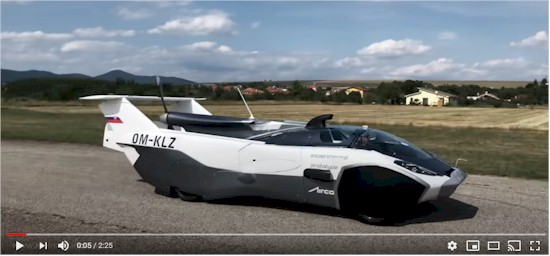 |
|
Worlds largest wing span. In this May 31, 2017 photo provided by Stratolaunch Systems Corp, the newly built Stratolaunch aircraft is moved out of its hangar for the first time in Mojave, California. Prior to his death on Monday, Oct 15, 2018, Paul Allen, co-founder of Microsoft with Bill Gates in 1975, invested large sums in technology ventures, research projects and philanthropies, some of them eclectic and highly speculative. Outside of bland assurances from his investment company, no one seems quite sure what happens now. One of Allen's more esoteric ventures is Stratolaunch, which is building an enormous twin-fuselage jet aircraft designed to launch satellites from high attitudes. Source: www.cp24.com/news |
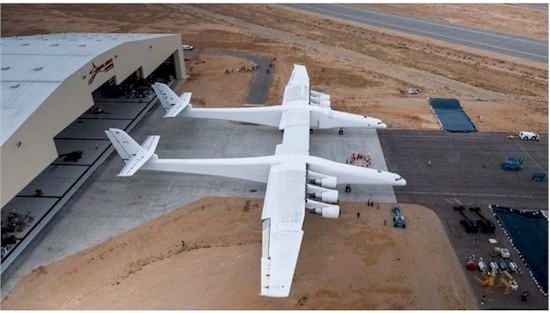 |
|
Jimmy Stewart Cessna 310 Monument Dedicated.
According to EAA 993, Stewart’s 310, N6775X, was found in derelict condition at Dallas Executive Airport (KRBD) in 2015. KIDI and the Jimmy Stewart Museum expressed interest in acquiring the aircraft, which was missing its engines, propellers and assorted other parts. Led by Harold Wood, EAA 993 agreed to take on the project, putting in an estimated 6,500 hours on the restoration and monument construction. The organization says it is currently raising funds to build a children’s playground around the monument. Source: avweb.com/aviation-news |


